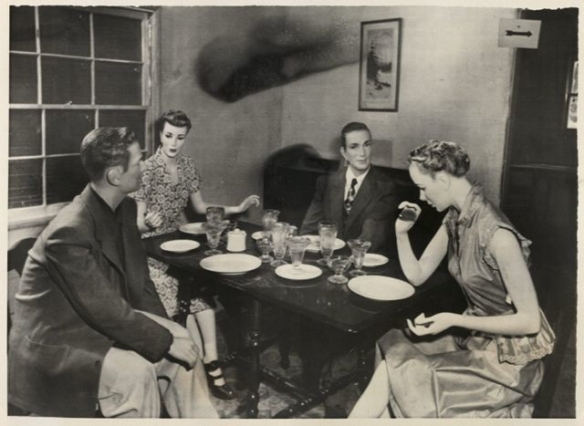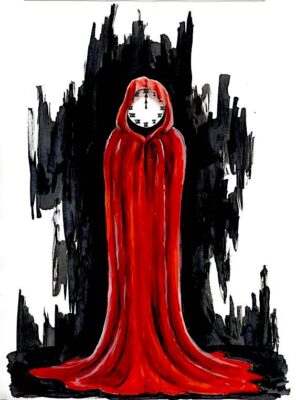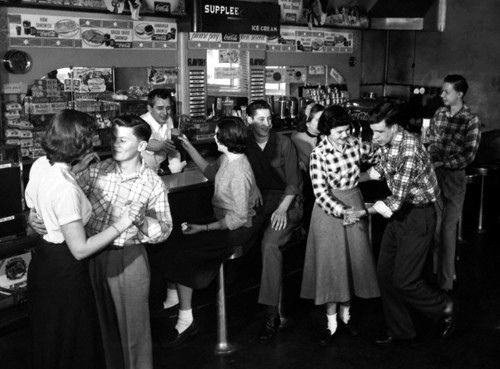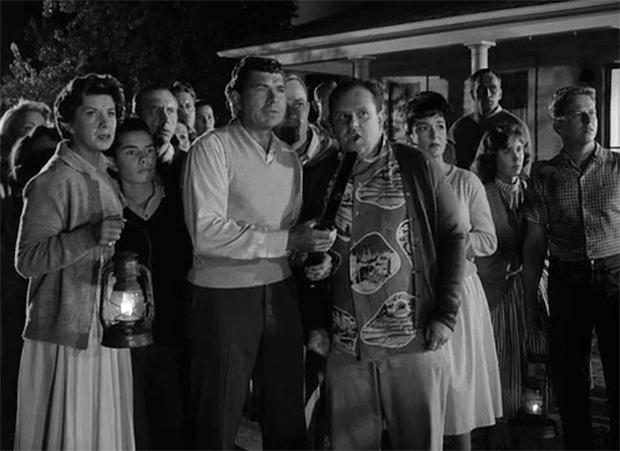
Be safe! Have you heard that lately? Have you said that lately? Usually, clichés take a long time to develop; “Be safe” though, seems to have achieved cliché status almost overnight! It’s something that wasn’t generally said in previous generations. But currently, “Be safe” – and its twin sister “Stay safe” – are cropping up all around us like weeds encroaching on a forest trail. Parents no longer seem to express a wish that their children have a good time or have fun, a nicety of ancient times. Today, it’s all about being safe. Admittedly, the modern world has some features that previous time periods didn’t have to deal with. School shootings for example. But there have always been riots and protests and bad guys and plenty of international hostilities. And children of the past were given parental warnings about stranger danger just as those warnings are issued now. Most grownups vividly remember the caution against getting in cars with unfamiliar people. Nothing new there. A review of the news – instead of the idealized TV shows – of the last few decades – reveals that life has definitely not been a movie musical in any time period. So why didn’t parents of the 1950’s, 1960’s or even the ‘70’s or 80’s habitually deliver the solemn pronouncement “Be Safe” whenever their offspring ventured into the risky world lurking just beyond their back door?
Why weren’t earlier decades lived under the ‘safety-first’ banner? It might have something to do with perspective. Have we come to the point where safety concerns outweigh everything else? Are we less bold-minded than we once were? Is the Wizard of Oz’s Cowardly Lion now our standard bearer? If so, how did we get that way? The Great Depression, that tough time when families across the country grappled for survival, ended eighty years ago. World War II, the even tougher time when the survival threat moved from extreme poverty to Nazi domination, has been over for seventy-five years. Even the war’s main memento, the scary atom bomb, eventually faded in threat value. But not before a generation of kids had endured “duck and cover” training to “protect” themselves from a nuclear attack. (Yes, children were given the “Stay safe” placebo of thinking that their desk could actually shield them from the bomb.) Even the more recent threat of 9/11 was a generation ago. Could it be that without toughening struggles to build up emotional muscle, we’ve gone soft? (If so, the present crises should bring about a revival of heartiness rather than a retreat the other way.)
The S-word permeates so much of what adults say to their children and what they say to each other, that it’s becoming a relatively meaningless social ritual, something on the level of “How’re ya doing?”. Lest you think that the “Be safe” mantra is a product of the Pandemic or the rioting, the S-word had in fact taken root long before the appearance of these trials. It’s premiere seemed to accompany mothers becoming “moms” and “play dates” replacing going out to play. There was irony in being “safe” becoming so central, not during a world war or some other catastrophe, but in reaction to the basic scenario of the 21st Century.
This aspect of the “New Normal” should be considered in two ways. First, of course we should want our children, ourselves, and each other to be safe. But on the other hand, staying “safe” as an in-every-way-at-all-times creed is contradictory to the course of historical human progress. There was no getting around in the world except on foot before sea travel, a highly risky means of transportation. Later, airplanes added greater speed and increased ease to travel – for anyone willing to risk falling out of the sky from a height of 30,000 feet. The English colonists in North America who bucked the Mother Country to go independent had almost no reason to believe their raggedy army would triumph over the mightiest military force in the world. Nothing was more hazardous for an enslaved person in the pre-Civil War period than to attempt escape. So why did so many try it anyway? And why did their descendants fight for civil rights against huge odds? Why did they literally risk their lives? That wasn’t very safe. When England was getting bombed by the Germans every night, the “safe” solution was making a deal with Hitler. Why didn’t they “Stay safe” and do it? Would space exploration have materialized in today’s “Stay safe” environment? What guarantee did the first men on the moon have of getting back to earth safely? Yes, the technology was there. But it didn’t erase the uncertainty. When you survey history, nothing much of significance has ever been accomplished without embracing an element of risk.
Where does this leave us? First, we shouldn’t abandon safety as a consideration. No reasonable voice would advocate recklessness. But we need to acknowledge the frailty of our safety. Often, the safety measures to which we cling are more mirage than bulwark. My father, an Air Force pilot, dismissed fear of flying on the grounds that more people perish slipping in their bathtubs than die in airplane crashes. I’ve never checked his statistics, but his general point is something to consider. If the Soviet Union had nuked the United States during the Cold War, would back yard bomb shelters have kept us safe? Benjamin Franklin once said: “Those who would give up essential Liberty, to purchase a little temporary Safety, deserve neither Liberty nor Safety.” Worthwhile human endeavor always involves risk. We walk with risk whether we open a new business, or open our back door. Risk is always there. The difference between succeeding and floundering may be in how we see it. If we recognize it without cowering under its shadow, we can move forward. We have to give ourselves permission to have adventures. And adventures aren’t normally found in the narrow confines of the safe box. In the words of William Shedd, “A ship in harbor is safe, but that is not what ships are built for.” That is not what we are built for.








